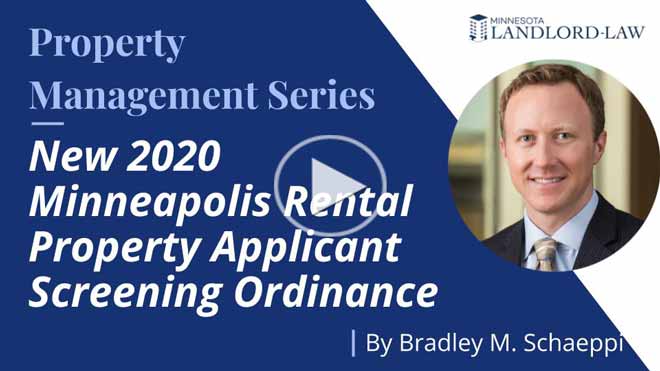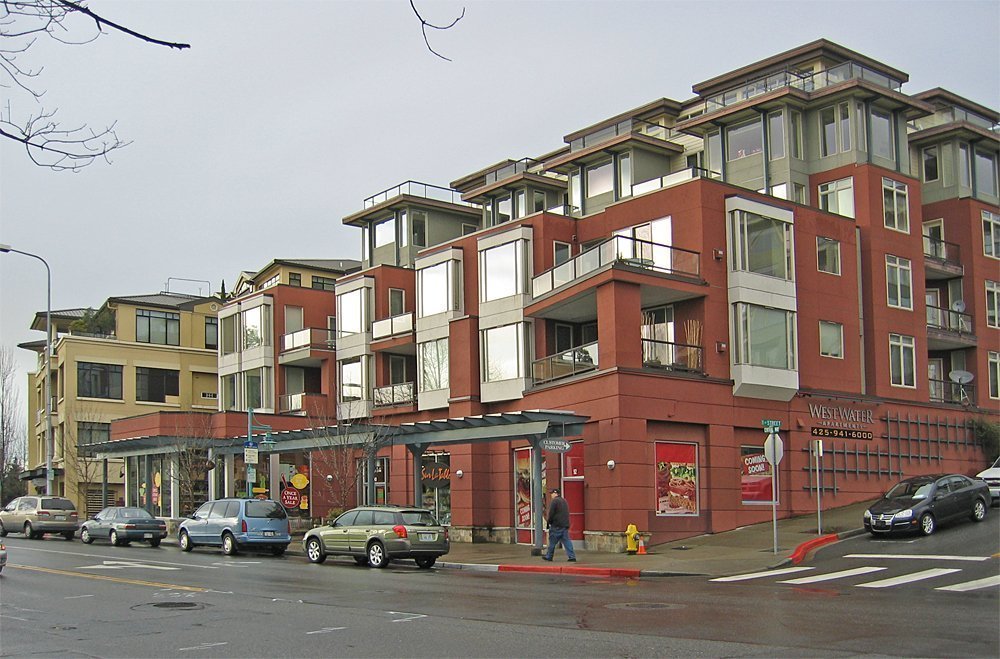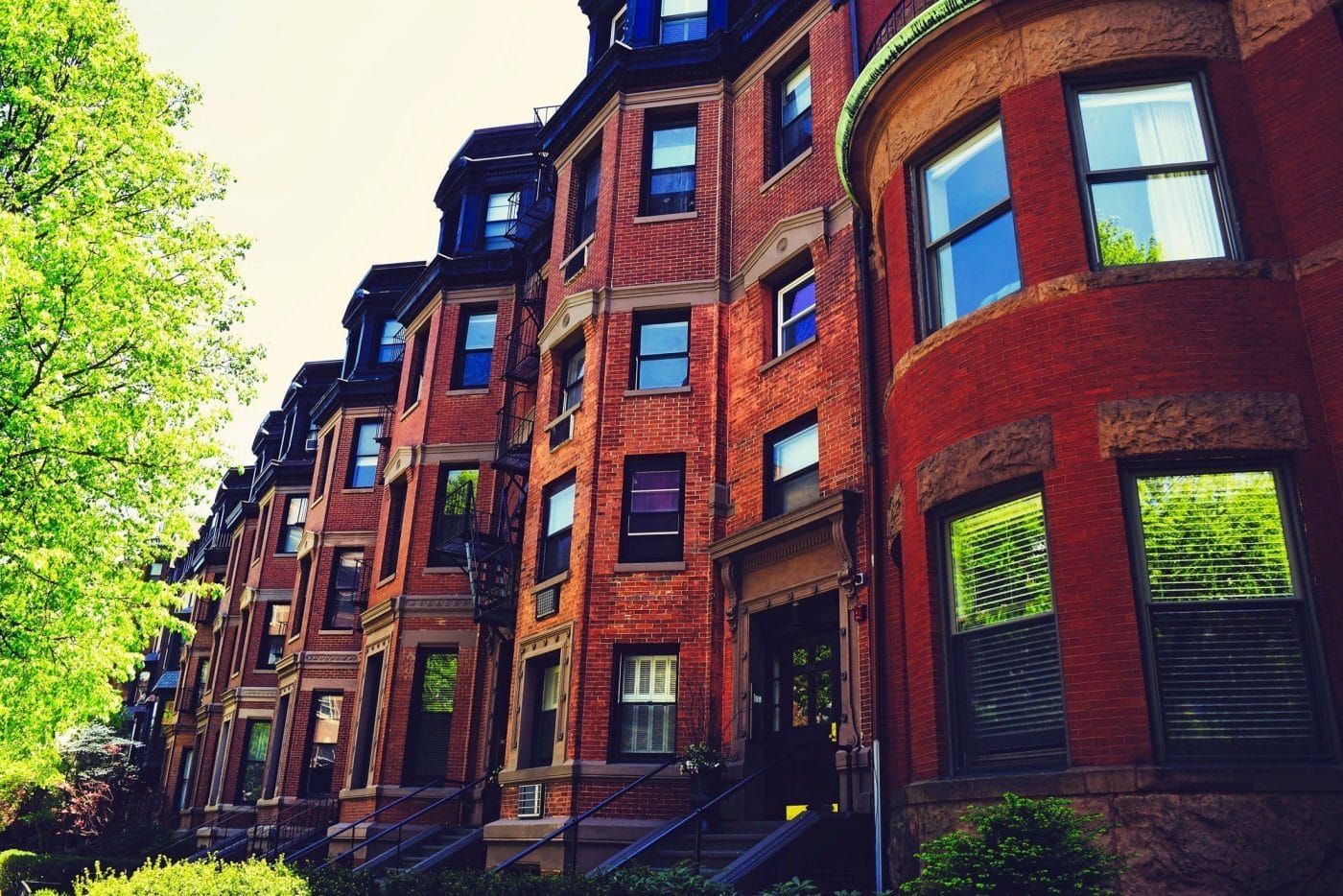While this article recommends a highly systemized approach to defaults, it cannot be under-expressed how important it is to TALK with tenants and business owners, not just email or text. We are living in a truly set of exceptional circumstances where the impacts are disproportionate on some businesses and not others. Yes please assess the black and white circumstances, but don’t forget a lot of grey exists from the timing of a vaccine to the length of quarantines. The high amount of grey with Covid-19 requires landlords to have open, recurring dialogue with tenants. Any day, at any time, state, and federal resources may buoy specific tenants and industries with new immediate financial packages resuscitating an otherwise financially dead tenant or industry.
Landlords must follow 5 steps:
- Assess commercial tenant Covid 19 business model and current financial health
- Review commercial lease and material breach/default provisions
- Open communications with your commercial property lender
- Open communications with your property insurance broker or agent
- Create a month by month Covid-19 action plan for each commercial property
1) Assess commercial tenant Covid 19 business model and new financial health
Call and talk with commercial tenant owners and on-site representatives.
Check-in and ask questions.
- Ask how is your business impacted?
- Ask are you open for business?
- Ask is there anything I can do to help?
Drive by the property (if permitted by authorities and safe spacing)
- Observe if the tenant(s) are open for business.
- If interior common area exists, walk the hallway to observe if the tenant(s) appear open for business. Make a note of the status of all businesses.
2) Review Commercial Lease and material breach/default provisions
Review the full commercial lease–highlight potential areas of concern. If you have any questions at all, contact a real estate specific attorney.
Review and understand the process and impacts of the “default” provisions.
- What specifically triggers a tenant default?
- When must a landlord give notice of default?
- How does the landlord specifically give notice and where?
Fully understand who the “tenant” is?
- Single-purpose entity? Named individual? Corporate LLC?
- Personal or corporate guarantee?
- Has, can, or will the tenant adapt to stay in business (food delivery, curbside food, online sales?
Review for commercial tenant financial audit provisions
- How can the landlord request or automatically receive tenant financials?
- What documents or information can the landlord request?
- Does the owner have past tenant financial records on hand to compare and contrast the new 2020 financials?
Review open-for-business provisions such as hour or continuation requirements.
Is there a force majeure clause with language that impacts the contract?
Is the property multi-tenant or a large retail center with co-tenancies?
3) Open communications with your commercial property lender
- Obtain and review your commercial loan and it’s default language and timeline.
- Determine if loan default is a possibility with your tenants and property.
- Call your commercial lender and share your proactive strategy.
- Share with your lender in real-time any current or future payment concerns.
- If loan default, consult an attorney to advise the best options.
4) Open communications with your property insurance broker or agent
- Obtain and review owner and tenant insurance policies and endorsements.
- Contact your insurance broker or agent to discuss potential “business interruption loss” insurance claims. Generally, these claims are for a “direct physical loss” not economic, but owners should look for all parachutes available.
- Contact an attorney who specializes in insurance claims to see if there is, in fact, an applicable insurance claim that an insurer seeks to avoid.
5) Create a month by month Covid-19 action plan for each commercial property
Monthly categorize commercial tenants on a scale of 1-5:
- No Concern: No Rent Default, No Operating Default
- Open & Operating, 100% rent, confirmed revenue natural or better.
- Some Concern: Minor Rent Default or Operating Default:
- Open & Operating, 75% + Rent, minor financial uncertainty
- Concerned: Material Rent Default, Payment Default:
- Open & Operating, 50-75% Rent, audited financial uncertainty
- Very Concerned: Material Rent Payment Default:
- Open & Operating, 0-50% Rent
- Full Default: Full Rent Default and Full Operating Default:
- No Rent Collected, Not Open
Covid 19 tenant default decisions must be made based upon a number of on the ground, financial, and legal and brokerage factors. The horse for now, the existing tenant, is likely the best horse to ride for now. Do your due diligence and ask a lot of smart questions. If you do, you will likely made the best decisions.
Hang in there everyone!
–Bradley Schaeppi, Licensed MN Attorney, Real Estate Broker, and City of Minnetonka Councilmember





